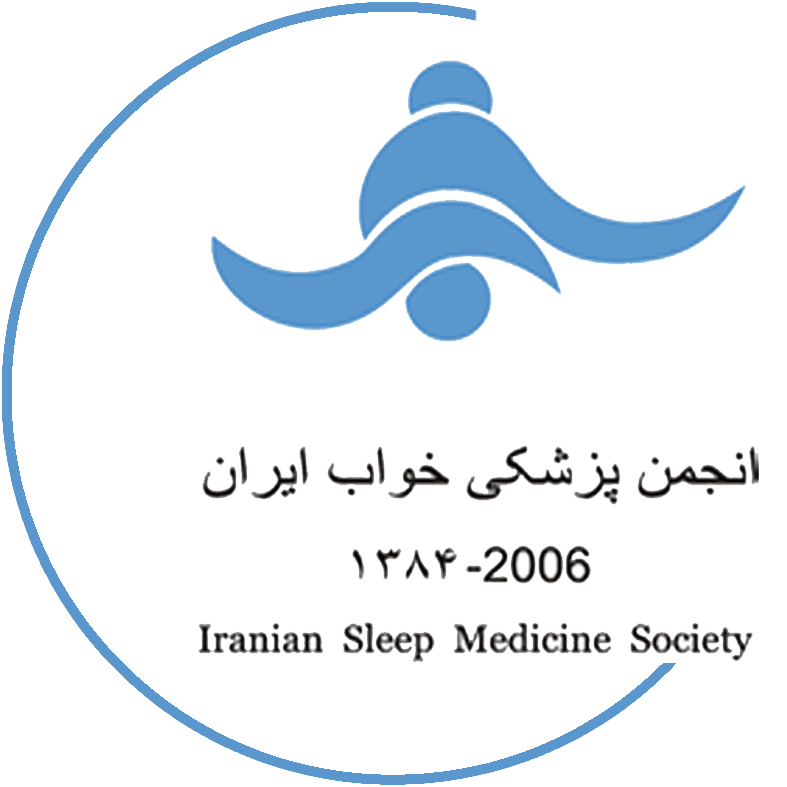Association between Blood Lead Level and Sleep Quality in Lead- Zinc Factories in Zanjan: A Cross-Sectional Study
Abstract
Background and Objective: Adult lead poisoning commonly occurs due to workplace exposures. Neuro- psychological symptoms such as insomnia are reported as the early symptoms of chronic lead intoxication. This study aimed to evaluate association between blood lead level (BLL) of workers from lead-zinc factories and their sleep quality.
Materials and Methods: A cross-sectional study was performed and 425 workers were enrolled with eligi- bility criteria of the study. BLL of workers were measured using atomic absorption spectrophotometry. Clinical assessment of workers was performed regarding their sleep problems through a self-administered questionnaire consisting of demographic characteristics, Insomnia Severity Index (ISI), Epworth Sleepiness Scale (ESS), and Pittsburg Sleep Quality Index (PSQI). Multiple linear regression and ANOVA tests were used for analysis of data.
Results: Among 425 workers studied, mean (±SD) BLL was 34.7(± 16.7) µg/dl. BLL was significantly asso- ciated with total scores of ISI, ESS, and PSQI questionnaires adjusted for age, sex, job experience, shift work, and body mass index (Adjusted R2 was 0.19, 0.08, and 0.18, respectively; P<0.001). Difficulty with falling asleep, difficulty of staying asleep and waking up too early were more prevalent among workers with increased BLL (P<0.001).
Conclusions: Workers exposed to lead and with increased BLL may have more sleep problems including in- somnia, excessive daytime sleepiness, and poor sleep quality. This warrants further attention toward different types of sleep problems in workers with lead exposure especially those with increased BLL.
Bouchard MF, Bellinger DC, Weuve J, et al. Blood lead levels and major depressive disorder, panic disorder, and generalized anxiety disorder in US young adults. Arch Gen Psychiatry. 2009;66:1313-9.
Pourabdian S, Eizadi-Mood N, Golshiri P, Amini F. The Relationship between blood lead level and neuro-psychological and hematological findings in lead-exposed workers of battery industry. Iranian J Toxico. 2011;5:521-6.
Ladou J. Occupational and Environmental Medicine. 2nd ed. McGrow Hill Professional, 1997:423-425.
Kasuba V, Rozgaj R, Milic M, et al. Evaluation of lead exposure in battery-manufacturing workers with focus on different biomarkers. J Appl Toxicol 2010;30:321-8.
Sadeghniiat-Haghighi K, Montazeri A, Khajeh- Mehrizi A, Nedjat S, Aminian O. The Insomnia Se- verity Index: cross-cultural adaptation and psycho- metric evaluation of a Persian version. Qual Life Res 2014;23:533-7.
Sadeghniiat Haghighi K, Montazeri A, Khajeh Mehrizi A, et al. The Epworth Sleepiness Scale: translation and validation study of the Iranian ver- sion. Sleep Breath 2013;17:419-26.
Farrahi Moghaddam J, Nakhaee N, Sheibani V, Garrusi B, Amirkafi A. Reliability and validity of the Persian version of the Pittsburgh Sleep Quality Index (PSQI-P). Sleep Breath 2012;16:79-82.
Center for disease Control and prevention (CDC). Workplace safety and health topics: Adult blood lead epidemiology & surveillance (ABLES).(Accessed November 24, 2014, at:
http://www.cdc.gov/niosh/topics/ables/description .html)
Kordas K, Casavantes KM, Mendoza C, et al. The association between lead and micronutrient sta- tus, and children's sleep, classroom behavior, and activity. Arch Environ Occup Health 2007;62:105-12.
Mahmoudian T, Modaresi M, Zarei A, Poursafa P, Kelishadi R. Blood lead levels in chil- dren with neurological disorders: a single centre preliminary study. Zhongguo dang dai er ke za zhi=Chinese Journal of Contemporary Pediatrics 2009;11:873-6.
Adela Y, Ambelu A, Tessema DA. Occupa- tional lead exposure among automotive garage workers - a case study for Jimma town, Ethiopia. J Occup Med Toxicol 2012;7:15
Bener A, Almehdi AM, Alwash R, Al-Neamy FR. A pilot survey of blood lead levels in various types of workers in the United Arab Emirates. Envi- ron Int 2001;27:311-4.
Malekirad AA, Oryan S, Fani A, et al. Study on clinical and biochemical toxicity biomarkers in a zinc-lead mine workers. Toxicol Ind Health 2010;26:331-7.
Kirkby H, Nielsen CJ, Nielsen VK, Gyntel- berg F. Subjective symptoms after long term lead exposure in secondary lead smelting workers. Br J Ind Med 1983;40:314-7.
| Files | ||
| Issue | Vol 1 No 1 (2016): Winter | |
| Section | Original Article(s) | |
| Keywords | ||
| Blood lead level Sleepiness Insomnia | ||
| Rights and permissions | |

|
This work is licensed under a Creative Commons Attribution-NonCommercial 4.0 International License. |



